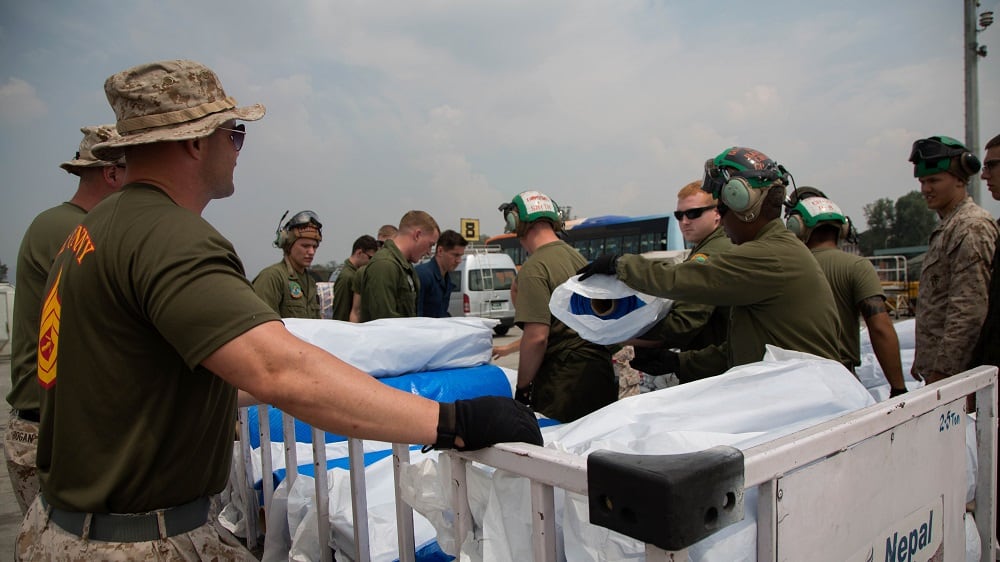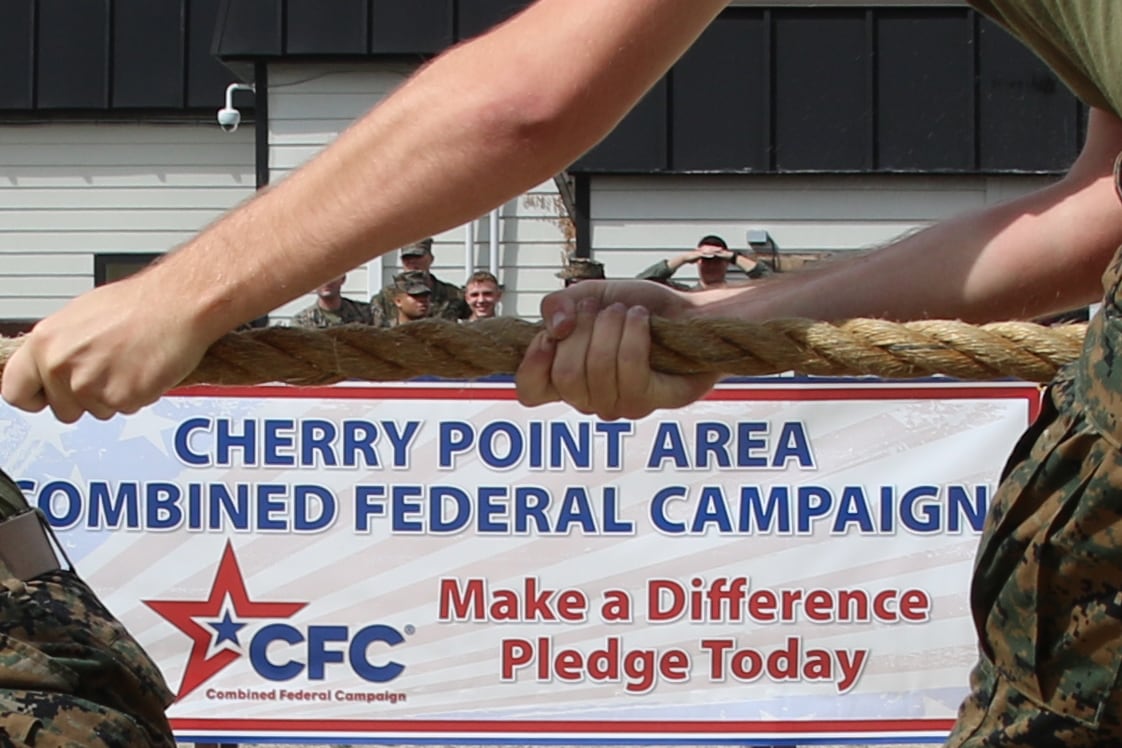As we move into the pledging season for the Combined Federal Campaign, how do you decide where to donate your hard-earned dollars?
The pledging season for the Combined Federal Campaign starts Sept. 9 and runs through Jan. 12. Different geographic areas hold their individual campaigns during specific times during that four-month window. Last year federal employees participating in the CFC contributed more than $93 million to thousands of charities.
The Office of Personnel Management, which oversees the CFC, has a process for vetting the thousands of charities before they can be included. Many donors go beyond, to do their own research.
Donors are becoming more savvy about where they donate their money, realizing that there are far too many scams out there.
To provide a different perspective, we checked in with a well-known company that has a large philanthropic effort devoted to the military community, to see how they make their decisions.
USAA invests about 1 percent of its pre-tax income, generally about $45 million a year, to charitable causes, said Harriet Dominique, senior vice president of corporate responsibility and community affairs at USAA. And individuals and corporations ask her on a regular basis about how USAA makes those decisions, Dominique said.
Here are some of her tips that apply, whether you have $10 or $10,000 to donate:
*Make sure you’re donating to a cause that you’re passionate about, and to a nonprofit that aligns with your core values. USAA’s signature cause and focus is military family resilience," Dominique said, so they invest in a variety of efforts including many related to military spouse employment, and providing resources for caregivers of service members injured on active duty.
RELATED

*Do your homework. Do a general Google search on the nonprofit that interests you. Check charity evaluator sites such as GuideStar and Charity Navigator. Not every charity is evaluated by these sites, for various reasons. Peruse the charity’s website for information on mission statements, programs offered, etc.
* Consider volunteering some of your valuable time and talents to the nonprofit, as well as giving dollars. Those in the military community are known for their volunteering efforts. That’s where you get to really know the charity, and see the results of their efforts. USAA gives its employees two paid days a year to devote to volunteering, Dominique said.
* Check the charity’s Internal Revenue Service Form 990, the form that tax-exempt organizations file with the IRS to provide information on their missions, programs and finances. The Form 990 may be available on the charity’s website, which is a good sign of their transparency. It may also be available on a charity evaluator’s site; or you can search the IRS website: (https://irs.gov/charities-non-profits/tax-exempt-organization-search). Or contact the organization to request a copy.
In terms of the finances, look at how much of donations is spent on actual program support. USAA’s general rule of thumb is that they’re comfortable with a nonprofit spending at least 80 percent of its donations on program services, Dominique said. But that ratio is just one indicator, she said. There could be something unique about that charity that might require more money to be spent on certain expenses. And on the other hand, another charity could be keeping their expenses extremely low, but how are they changing lives? “I’d never say ignore expenses, but prioritize the focus on outputs and impacts,” she said.
You don’t have to be an expert in reading Form 990s, but you can ask the charity very direct questions about how your dollars will be used, she said. The way the nonprofit sector is evolving, expense ratios are no longer the sole indicators of success, Dominque said. Just as businesses have expenses for things like development and operations, a nonprofit also has expenses in order to be effective. So ask how the many lives are going to be affected by the dollars, and what the outcome will be, she said. Does the nonprofit have a demonstrated history of making a difference in the community?
Nonprofits are getting much more effective at being able to quantify and qualify how the dollars – and the volunteer time – are making a difference, she said.
“In my experience, nonprofits greatly appreciate questions, and it fuels them to do better work,” she said.
Karen has covered military families, quality of life and consumer issues for Military Times for more than 30 years, and is co-author of a chapter on media coverage of military families in the book "A Battle Plan for Supporting Military Families." She previously worked for newspapers in Guam, Norfolk, Jacksonville, Fla., and Athens, Ga.





